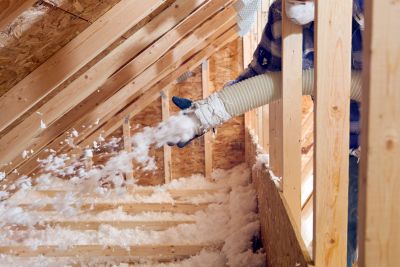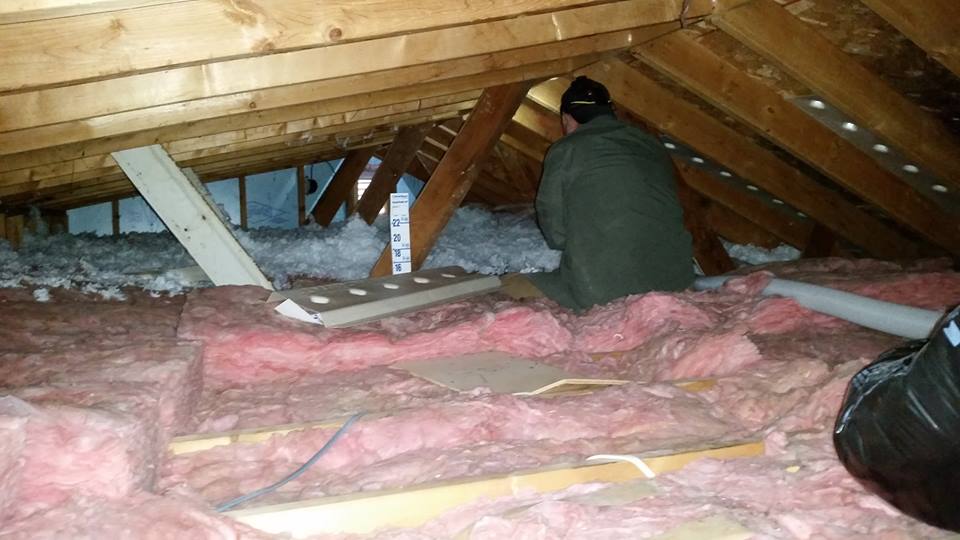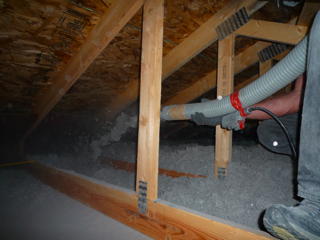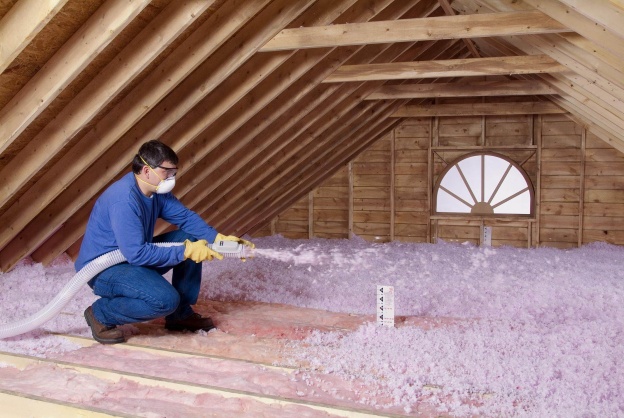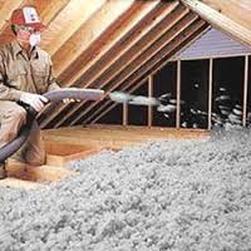How Thick Should Blown Insulation Be In Attic

This flexible insulation material is most often packaged in rolls that come in various thicknesses and standard widths usually 16 inches and 24 inches to fit between joists or studs in a house s framing.
How thick should blown insulation be in attic. For loose fill cellulose this translates to a total depth ranging from 8 inches. When adding additional insulation you do not have to use the same type of insulation that currently exists in your attic. First things first you need to go up into your attic inspect the condition of the insulation and calculate the current level of insulation. Achieving greater r values in attics the higher the r value the better the thermal performance of the insulation.
It is not uncommon to see 15 to 20 of insulation in a well insulated attic. If your attic insulation is only a few inches thick or if you can see the ceiling joists you re wasting money on your heating and cooling bills. This calculator is to be used as an estimating tool only. To add to the.
Find your zone on the map and then use the chart to determine the level of insulation you need to properly insulate your attic walls floors and crawlspaces. Input depth of existing blown in insulation in inches. You d need a thickness of. The recommended level for most attics is to insulate to r 38 or about 10 to 14 inches depending on insulation type.
Click the button to calculate the approximate r value for this job. In temperate coastal areas such as zone 3 attic insulation of at least r30 up to a maximum of r60 is recommended. Inspecting your attic insulation. When blown into attics and wall spaces loose fill fiberglass offers an average r 2 5 thermal value per inch the higher the number the greater the insulating effect.
The thicker the better. Divide the desired r value by the r value per inch stated on the label. Most attics are insulated with blown in loose cellulose r 3 5 per inch blown in loose fiberglass r 2 5 per inch or fiberglass batts r 3 2 per inch. They come with or without a paper or foil facing that acts as a vapor barrier.
The higher the r value the better the thermal performance of the insulation. Add the right kind of insulation. To insulate to r value 50 with an r value of 3 5 per inch you will need 50 divided by 3 5 or about 14 inches. Cellulose is recycled newsprint treated with a fire retardant.


